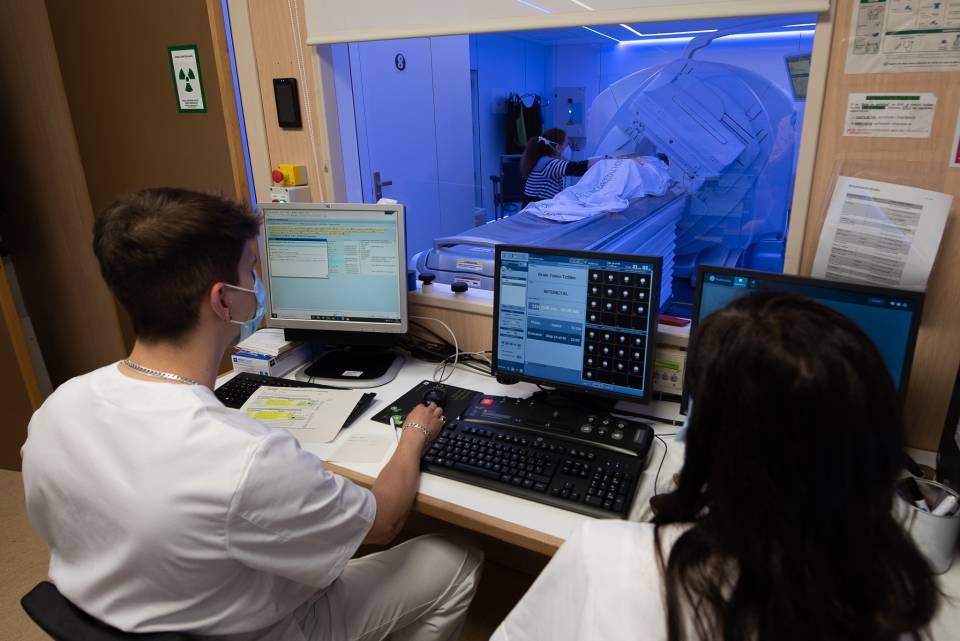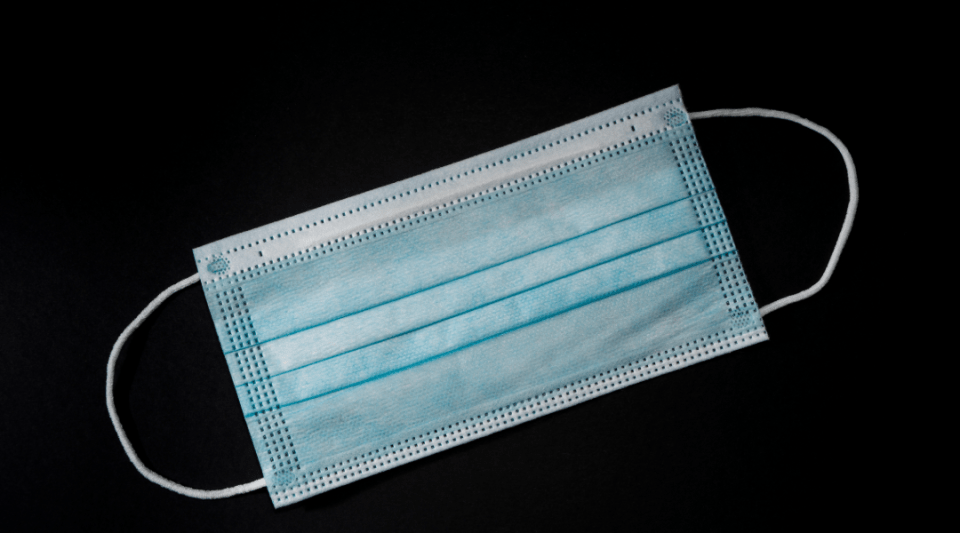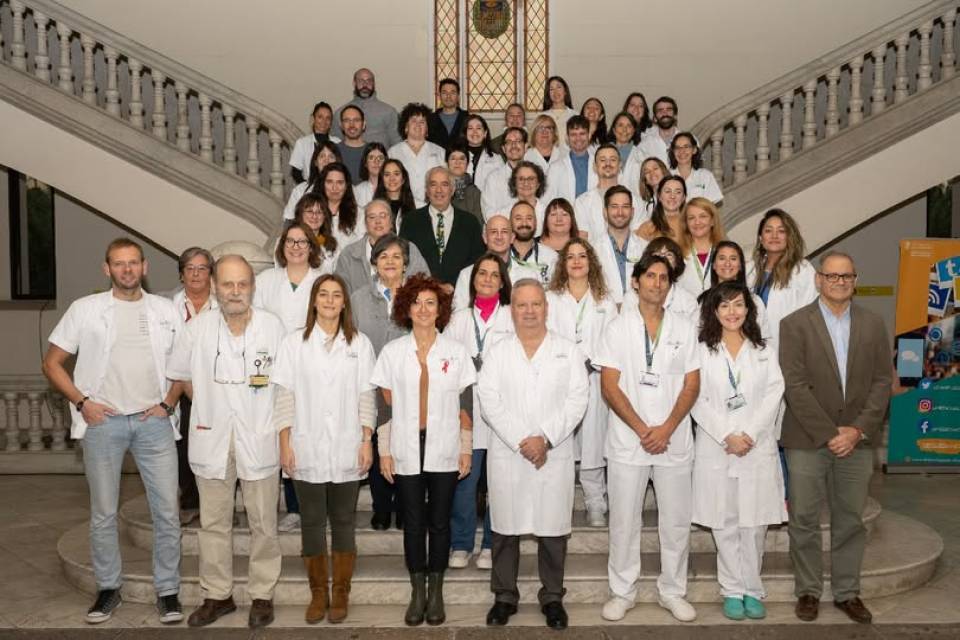This innovation, validated through a consensus process with international experts, strengthens the person-centered approach and can improve the acceptance, use, and real-world impact of tools such as mobile health apps, telemedicine platforms, and medical devices.
What are Technology Readiness Levels (TRLs)?
Technology Readiness Levels (TRLs) are a standardized scale used for decades to assess how ready a technology is for real-world application.
This scale, used worldwide, describes the evolution of an innovation in ten phases—from identifying a need to its widespread implementation in hospitals and healthcare centers. Traditionally, TRLs have focused on technical progress and, later, on clinical, economic, and regulatory aspects. But a key dimension was missing: that of the patients, who are the end users of these innovations.
“If a health app isn’t intuitive, if a device doesn’t meet real-life needs, or if social, economic, or cultural diversity isn’t considered, its adoption will be limited. That’s why integrating patients’ voices from the start is essential to ensure solutions are useful, accessible, and sustainable,” the authors explain.
How the PULSO-Tech-Clinic model brings in the patient perspective
The PULSO-Tech-Clinic model adds a new dimension to TRLs: the active participation of patients and caregivers in every phase of the innovation cycle. The name PULSO refers to the five pillars that support this approach: Patient Participation, User/Usability, Health Literacy, Health System, and Observatory. This framework does not replace TRLs but complements them with specific indicators on how and when to involve end users.
A key impact on healthcare innovation
The PULSO-Tech-Clinic model has a direct impact on the quality and sustainability of health innovations. By placing the patient at the center of the process, it reduces the risk of ineffective designs, improves treatment adherence, and increases trust in new technologies.
Validated by an international expert panel, this framework sets a global precedent and opens the door to a more participatory approach from institutions, regulators, and industry. With PULSO-Tech-Clinic, new technologies can be not only safe and effective but also useful, accepted, and relevant to patients’ lives.
More information: de la Torre E, Montane C, Rubio O, Sampietro-Colom L, Camacho-Mahamud A, Grau-Corral I. Integrating Patient Perspectives Into the Digital Health Technology Readiness Framework: Delphi Study. J Med Internet Res 2025;27:e71600. URL: https://www.jmir.org/2025/1/e71600. DOI: 10.2196/71600




